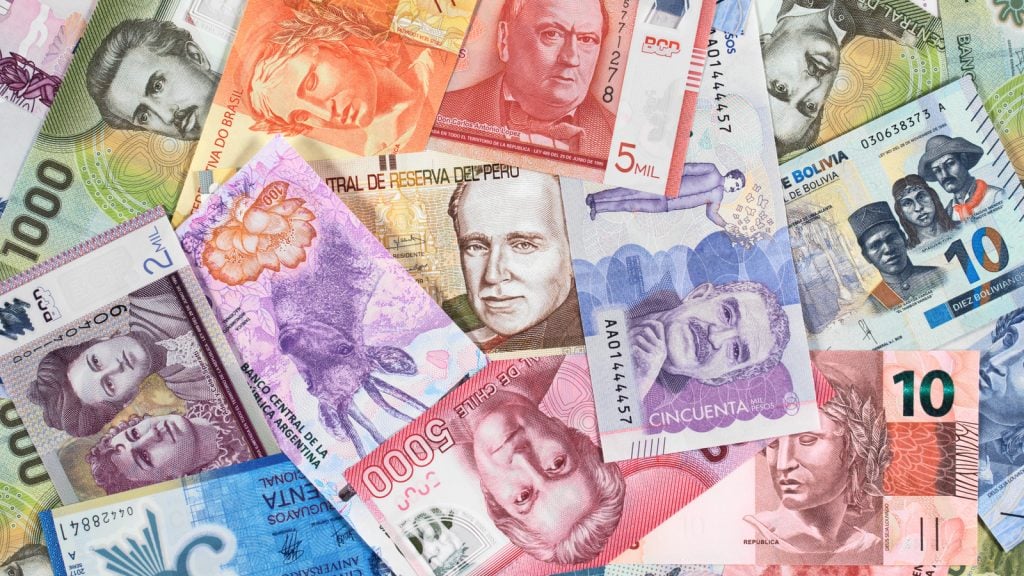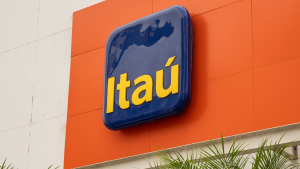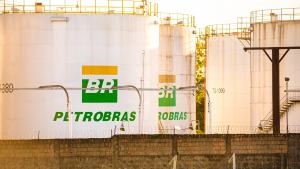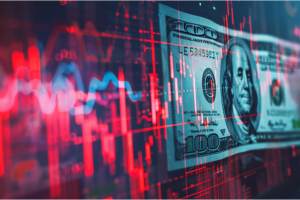
Hugo Ste-Marie and the rest of his portfolio strategists at the Bank of Nova Scotia recently compiled a list of 10 major market themes for 2024. One of them was about Latin America stocks.
Ideas included interest rate cuts, GDP expectations, United States savings, bonds, lower-than-expected earnings, large-cap stocks, S&P 500 predictions, the Magnificent 7, and the type of stocks to buy in 2024.
As for Latin American equities, Ste-Marie expects them to outperform Asian equities in the year ahead, emphasizing that China stocks will underperform due to growth struggles.
I remain a big believer in the Latin American economy and stocks. Further, 2024 will be an excellent year to broaden your horizons beyond America.
Axel Christensen, Director of Investment Strategy for Latin America at BlackRock, believes Brazil stocks have attractive valuations compared to other emerging markets.
“The inflation outlook in Brazil is promising, as it has reached the lowest levels in three years, allowing the central bank to start the rate cutting cycle, which will boost economic growth,” Christensen told Bloomberg Linea in September.
Here are three Latin America stocks to buy, emphasizing Brazil.
Itau Unibanco Holding (ITUB)

Itau Unibanco Holding (NYSE:ITUB) got its start in 1924.
Retailer João Moreira Salles, the owner of Casa Moreira Salles, obtained a banking license from the Brazilian government to operate in the banking sector as a correspondent bank (correspondente bancário) for the leading banks in the state of Minas Gerais.
Ultimately, the bank became known as Unibanco. It merged with Itau in 2008, becoming Itau Unibanco Holding. At the time, it was one of the world’s 20 largest banks by assets. It continues to grow organically and through acquisitions.
Today, it operates retail banking, private banking, asset management, and corporate and investment banking. It has operations in 17 countries, including the U.S.
On Dec. 6, the bank launched a cryptocurrency trading service for its banking and asset management clients. It initially permits trading for Bitcoin (BTC:USD) and Ethereum (ETH:USD). It will add additional cryptocurrencies as it becomes more comfortable with crypto trading.
As the Brazilian central bank prepares to introduce Drex, the digital version of the real, banks such as Itau Unibanco have been forced to upgrade their tech infrastructure to ensure they can handle the digital currency.
The bank’s shares are up more than 45% in 2023. Despite these significant gains, the current price equals its share value in February 2020. They currently trade at 7.8 times its forward earnings, 20% less than the forward P/E of JPMorgan Chase (NYSE:JPM).
Petroleo Brasileiro (PBR)

Oil prices have been at their lowest level in the past year, under $70 a barrel of West Texas Intermediate (WTI). However, Petroleo Brasileiro (NYSE:PBR) American Depositary Receipts (ADRs) are up nearly 40% over the past 52 weeks. This compares very favorably with Exxon Mobil (NYSE:XOM), whose shares are down almost 8% over the same period.
In late November, the company said that it would invest approximately $102 billion between 2024 and 2028 as part of its strategic plan to grow its business. It was the first five-year plan of new CEO Jean-Paul Prates, who was officially confirmed as CEO in April. It is 31% higher than its five-year plan from 2023 to 2027.
Prates recently said that Brazil would join OPEC+ in January but that it would go along with the group’s production caps in place.
“There is no quota,” Reuters reported Prates’ comments. “We would never be part of an organization that imposes (production) quotas to Brazil, Petrobras is a publicly-traded company and we cannot have quotas.”
Of the 15 analysts covering its stock, 10 rate it “Overweight” or an outright “Buy,” with a target price of $17.07, 18% higher than where it’s currently trading.
Raia Drogasil (RADLY)

Raia Drogasil (OTCMKTS:RADLY) is the largest drug-store chain in Brazil with 2,868 stores [Q3 2023 presentation link], generating 2022 revenue of 30.9 billion Brazilian real ($6.23 billion). The company was created through the November 2011 merger between Droga Raia and Drogasil. Their histories date back to 1905 and 1935, respectively.
Despite its size, the company controls just 15.1% of the market share in Brazil. This means there is a long-term opportunity to make a consolidation play over the next decade. This provides the rationale for its investment.
In the third quarter, the chain’s revenues increased by 16.3% over Q3 2022, to 9.3 billion Brazilian real ($1.87 billion), with digital revenues accounting for 14% of revenue, up 51.4%. On the bottom line, its adjusted net income was 268.4 million Brazilian real ($54.1 million), 33% higher year-over-year.
Its highest market share by region is Sao Paulo, at 27.4%, almost double the market share for the entire country.
On the date of publication, Will Ashworth did not have (either directly or indirectly) any positions in the securities mentioned in this article. The opinions expressed in this article are those of the writer, subject to the InvestorPlace.com Publishing Guidelines.





